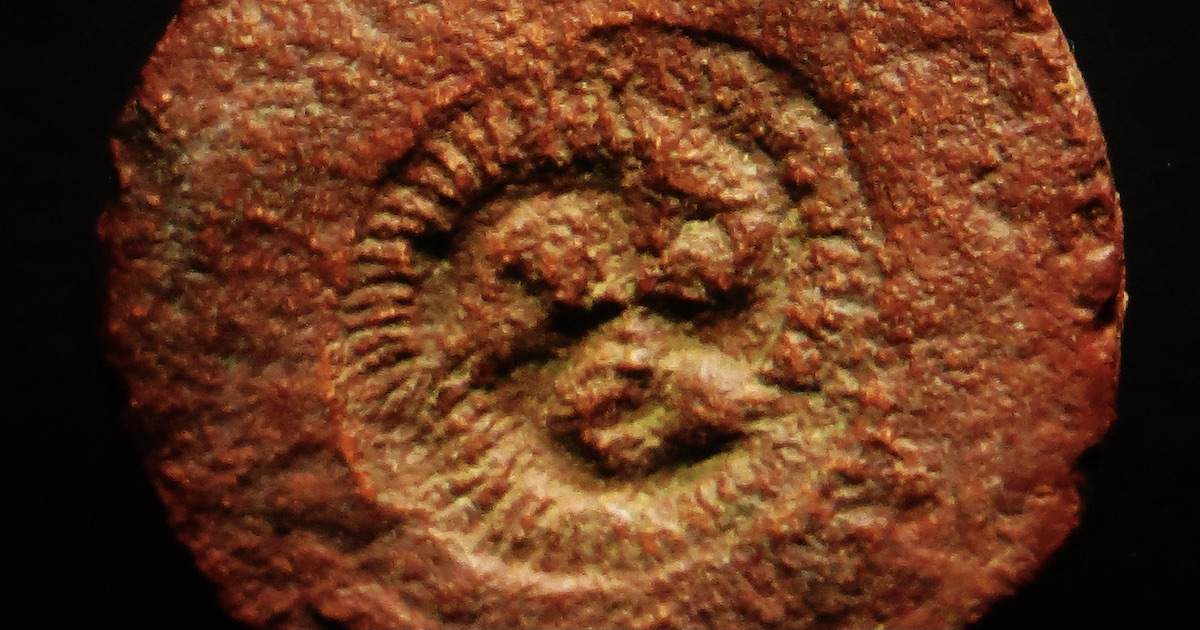 Evolution
Evolution
Unknown Biology of Trilobozoa

Editor’s note: We are delighted to present here Part 6 of “A Precambrian House of Cards,” a series by Dr. Bechly. Find the full series at this link. An extensive References section will follow at the end of the series.
Not much is known about the anatomy, biology, and ecology of the enigmatic trilobozoans (the few exceptions are Hall 2015, Hall et al. 2015, 2018 and Rahman et al. 2015, as well as three conference abstracts by Solon et al. 2014, Taylor et al. 2017, and Zakrevskaya & Ivantsov 2020). Consequently, their affinity to other organisms remains enigmatic and controversial. Here is what we know so far: Hall (2015) and Hall et al. (2015) suggested that Tribrachidium was a generalist, which “lived in populations composed of single generations.”
A Sensational Study
Rahman et al. (2015) published a quite sensational study, in which they suggested that Tribrachidium was the oldest known suspension feeder. However, they only reconstructed in a computer model the fluid dynamics on the assumed external surface and concluded that the three spiral ridges would have slowed and directed the water flow towards apical pits. That’s all!? The authors even admit that the related genera within Trilobozoa or Triradialomorpha “appear to lack the apical ‘pits’ that we hypothesize are key to this method of feeding in Tribrachidium,” which is basically debunking their hypothesis (a point emphasized by McMenamin 2016: 60-62).
Furthermore, one could do the very same theoretical computer modeling with many organic and even inorganic structures that have nothing to do at all with suspension feeding. Another problem is that it is questionable that the spiral structures were exposed to the sea water in the living organism. Actually, Dzik (2003) proposed on the basis of new fossil material from Zimnie Gory that the three spiral structures were easily collapsing internal organs and that the external body surface was covered with numerous radial grooves, because the latter occasionally overlap the spiral ridges (also noted by Seilacher 1999 and Zakrevskaya & Ivantsov 2020).
Poorly Supported, Almost Certainly False
Indeed, Taylor et al. (2017) mentioned new fossil material of trilobozoans with preserved internal structures from the Nama Group in South Africa. They briefly described three central pouches, each connected by tubes to five smaller outer pouches, which form a ring of 15 chambers. This would be a very strange body plan that does not correspond to any other known group of organisms. Zakrevskaya & Ivantsov (2020) recently confirmed this body plan in their brief description of some features of the growth pattern, with the external grooves and internal cavities appearing at a size of 2-4 mm, while younger stages below 2 mm are smooth discs. Even though the results presented in these latter two conference abstracts have not yet been properly published, this strange body plan would definitely refute the alleged evidence for suspension feeding. Also, all previously discussed potential systematic affinities of Tribrachidium would contradict the proposed suspension feeding body plan. Overall, the conclusions of Rahman et al.’s study are very poorly supported and almost certainly false.
Zakrevskaya & Ivantsov (2020) also mentioned a single specimen with an associated trace that could suggest active movement. However, this trace is short and just an isolated example among many specimens of Tribrachidium. Therefore, I rather suspect that this is an instance of passive displacement through water currents.
Monday, “Evans et al. (2021): All Four Examples Debunked.”
